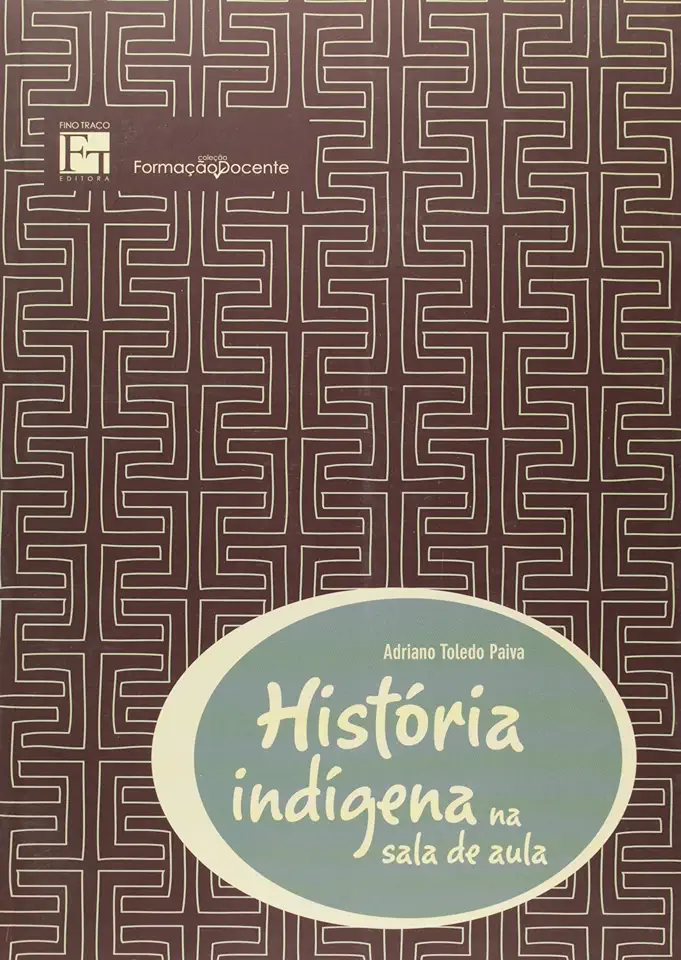
Indigenous History in the Classroom - Adriano Toledo Paiva
Indigenous History in the Classroom: A Guide for Teachers
Introduction
In "Indigenous History in the Classroom," Adriano Toledo Paiva provides a comprehensive and engaging guide for teachers on how to incorporate Indigenous history into their teaching. Paiva argues that teaching Indigenous history is essential for creating a more inclusive and accurate understanding of the past and present. He offers a wealth of resources and strategies for teachers to use in their classrooms, including lesson plans, primary sources, and multimedia resources.
The Importance of Teaching Indigenous History
Paiva begins by discussing the importance of teaching Indigenous history. He argues that Indigenous history has been marginalized and ignored in traditional education, leading to a distorted and incomplete understanding of the past. By teaching Indigenous history, teachers can help students to develop a more accurate and inclusive understanding of the world.
Paiva also discusses the benefits of teaching Indigenous history for Indigenous students. He argues that learning about their own history can help Indigenous students to develop a stronger sense of identity and pride. It can also help them to understand the challenges that their communities have faced and to develop strategies for overcoming them.
Strategies for Teaching Indigenous History
Paiva offers a variety of strategies for teachers to use in their classrooms when teaching Indigenous history. These strategies include:
- Using primary sources: Primary sources, such as oral histories, treaties, and letters, can provide students with a firsthand account of Indigenous history. They can also help students to develop critical thinking skills as they analyze and interpret these sources.
- Incorporating multimedia resources: Multimedia resources, such as films, documentaries, and websites, can help students to engage with Indigenous history in a variety of ways. They can also help to bring Indigenous history to life for students.
- Creating culturally responsive lessons: Culturally responsive lessons are lessons that are designed to be relevant and engaging for Indigenous students. They take into account the cultural背景 of Indigenous students and their learning styles.
- Building relationships with Indigenous communities: Building relationships with Indigenous communities is essential for teaching Indigenous history in a respectful and accurate way. Teachers should seek out opportunities to learn from Indigenous elders and community members and to incorporate their perspectives into their teaching.
Conclusion
"Indigenous History in the Classroom" is an essential resource for teachers who want to incorporate Indigenous history into their teaching. Paiva provides a wealth of resources and strategies that teachers can use to create a more inclusive and accurate understanding of the past and present. By teaching Indigenous history, teachers can help students to develop a more critical understanding of the world and to become more responsible citizens.
Call to Action
If you are a teacher, I encourage you to read "Indigenous History in the Classroom" and to start incorporating Indigenous history into your teaching. By doing so, you can help to create a more inclusive and accurate understanding of the past and present for all students.